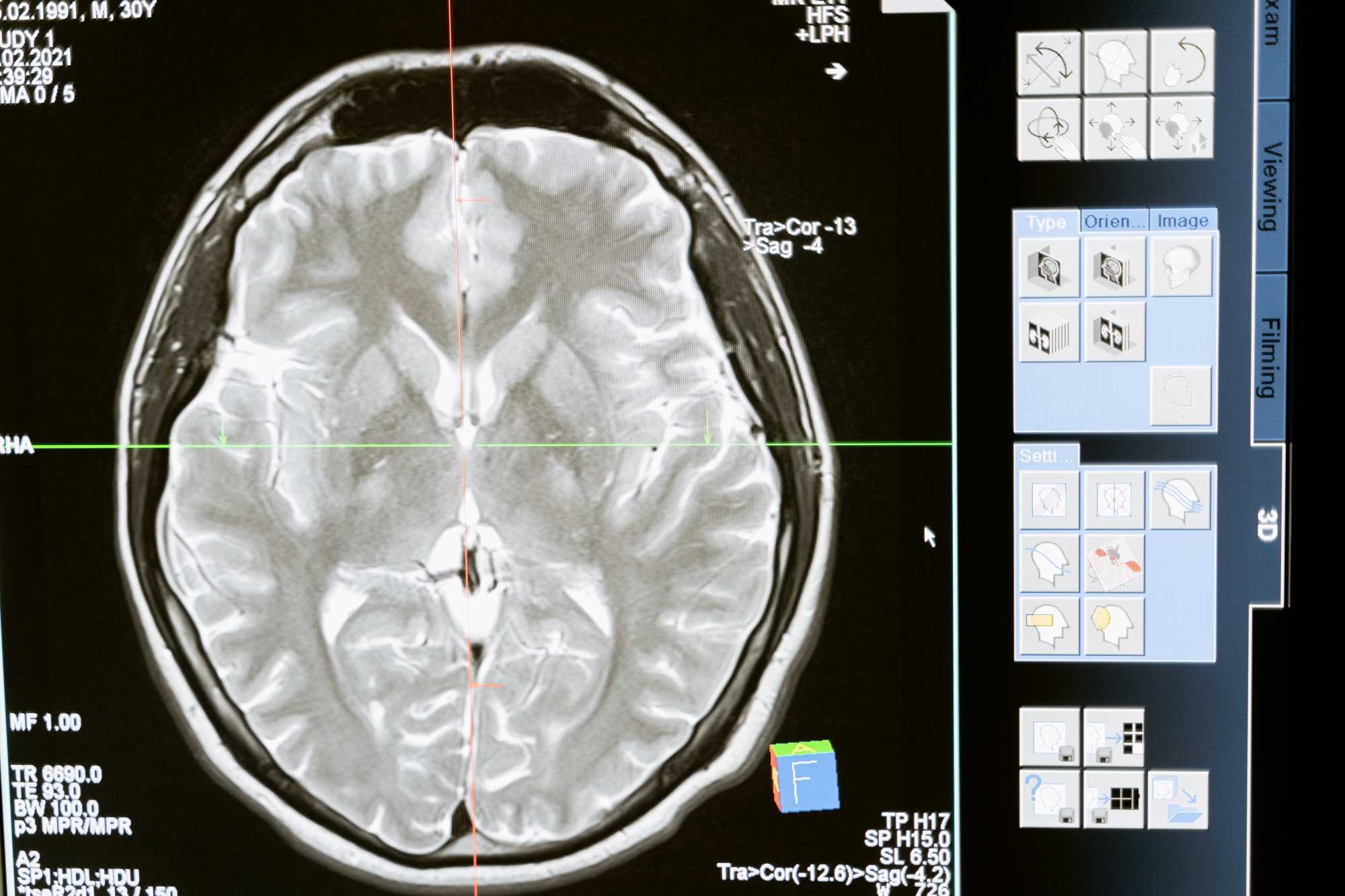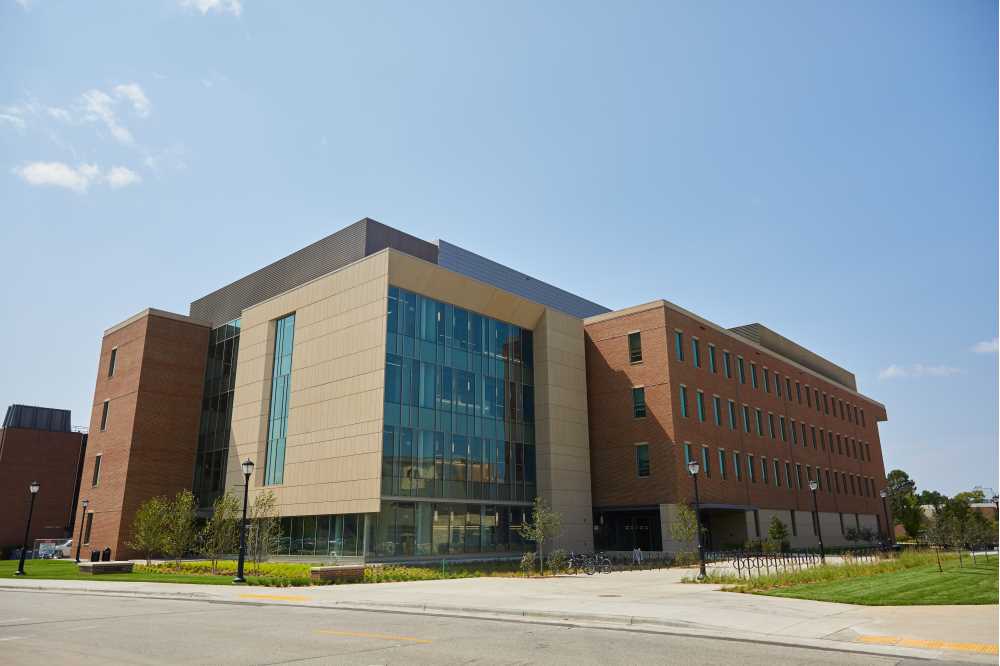Back to program
You're viewing a concentration/emphasis within Radiologic Science
Radiologic Technology program
Are you interested in taking x-rays, CTs or MRIs?
Radiologic Technicians use these techniques to diagnose diseases like cancer, detect broken bones or find foreign objects in the body. As a radiologic technologist, you’ll offer patient care through positioning for diagnostic imaging exams, educating and working with a team of other radiographers, nurses, physicians and physicists.
UW-La Crosse offers a Radiologic Technology Emphasis within the Radiologic Science Major. You will earn a Bachelor of Science degree from UWL upon completion of the program.
Career opportunities
Radiologic Technologists work in radiology departments of hospitals and clinics, emergency rooms, surgery suites, or mobile vehicles in rural areas.
Radiologists work full or part time during the day, evenings or weekends (depending on shift assigned). The starting salary is typically $60-70,000.
What distinguishes UWL's Radiologic Technology program?
In this program, you will receive general education at UWL and then complete professional education at an accredited radiologic technology program at UW Health, Northcentral Technical College, Froedtert Hospital or Ascension- St. Joseph Hospital.
All UWL Radiologic Technology programs are nationally accredited.
The curriculum stresses anatomy, physiology, hemodynamics and pathology. In addition to anatomy, the knowledge of ultrasound physics is also critical to the performance of ultrasound examinations and the generation of diagnostic medical images.
While associate’s degrees are also available for Radiologic Technology, a bachelor’s degree offers more opportunity for career advancement because of the rigorous and broad foundational courses.
Graduates of the Radiologic Technology program are eligible for national certification through the American Registry of Radiologic Technologists (ARRT).











